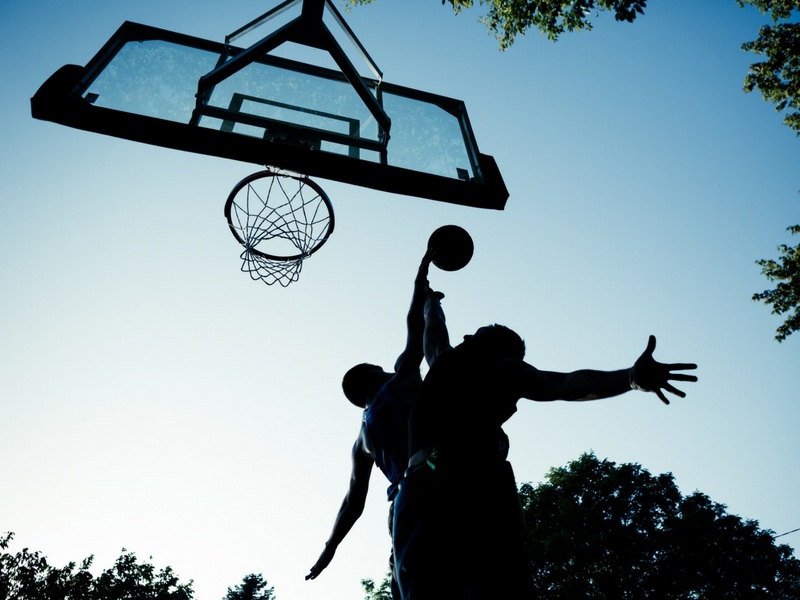Patent applications are frequently rejected. In fact, more often than not, your patent claims will be denied at the first attempt (AIPLA 2017 Report of the Economic Survey). These rejections can be costly and time-consuming, so a way to minimize their occurrence is highly sought-after.
Fortunately, there are approaches you can take to streamline the application process and help put your best foot forward from the beginning. Here, we’ll showcase some of the common pitfalls that R&D companies encounter with patent applications and highlight the best approaches you can take to increase the chances of getting your patent granted.
The prevalence of (and problems with) claim rejections
The occurrence of claim rejection is incredibly common. The U.S. Patent & Trademark Office (USPTO) rejects one or more claims for 85% of all patent applications at First Action (the first substantive examination of a patent application in which individual claims are evaluated for allowance or non-final rejection). While this statistic is for patents in general, a high rejection rate also applies to pharmaceutical, biotech and chemistry patents, where claims are rejected in 58% of all patent applications being rejected (USPTO PAIR data for pharma, biotech and chemistry patent applications in 2016 and 2017). The majority of these denied claims cite 102 and 103 rejections.
| 102 Rejection | 103 Rejection |
|---|---|
| Indicates a lack of novelty where a single piece of prior art refers to each and every aspect of the claimed invention. | Indicates obviousness where the claimed invention would be obvious to a person with ordinary skill in the art, i.e., familiarity with the subject. |
As such, certainty about the novelty and inventiveness of your invention must be ensured to minimize these costly rejections.
The cost of patent rejections
The patent approval process takes a lot of time, even when things go smoothly. On average, for pharmaceutical, biotech and chemistry patents, the time between filing a patent application and First Action is 15 months. However, patent applications with rejections experience more office actions, resulting in additional costs and an even longer journey to patent approval.
On average, patent applications with 102 rejections incur an additional $3,800 in legal costs and a delay of nine months before eventual allowance. Whereas, patent applications with 103 rejections on average incur an additional $4,800 in legal costs and a delay of 13 months before acceptance. These expensive delays can have dramatic financial implications for an R&D company, and it is therefore vital to avoid them if possible.
Moreover, the cost of rejected patents goes further than just losing time and funds. Delays in the patent approval process may impact your ability to exercise the benefits of IP protection. You can’t protect what you don’t own, so the sooner you have a granted patent in hand, the sooner you can move more firmly against infringers. This is especially important for start-ups and other new ventures, as IP ownership is a positive indicator for someone considering investment in your concept or company.
Priming the patent application process
How can you prepare the best possible patent application from the start? Firstly, when drafting patent application claims, check your work before submission with a thorough prior art search, as the best claims are based on full knowledge of the relevant IP landscape. This is an essential step, as it only takes one piece of prior art to disprove novelty, and it takes an exhaustive search to prove your invention is truly new and unique.
Not only can a thorough background search help to ensure that your invention is unique, it can also identify additional potential innovation within your field. By closely monitoring the scientific literature, global and regional patent trends can be scrutinized and leveraged to predict the next novel area of research. Access to information solutions like SciFindern can help you observe these market trends and monitor the leading indicators of change to increase the likelihood of a successful patent application.
Furthermore, all is not lost if your claims are initially rejected. In fact, more than 70% of patents with rejections at First Action are eventually granted. The key is to start with the best application possible and be prepared to quickly adapt if and when rejection occurs.
How can an expert help you with research and resources?
Drafting patent applications and responding to rejections can quickly become complicated. A 103 rejection can be especially complex to handle and often combines information from multiple sources (31% of 103 rejections cite 4 or more pieces of prior art). In cases such as these, consulting with an experienced patent researcher is essential before drafting your patent claims.
A skilled researcher with deep experience and access to comprehensive resources can provide you with the reliable answers you need. They can also analyze relationships across sources to identify problem areas and find gaps in technology and existing patents where you’re most likely to find success. Ultimately, this knowledge can give you the competitive advantage needed to file a successful patent application or streamline the reapplication process when a patent is rejected.
If you’re interested in reducing the turbulence between application and approval, CAS can help! Our expert researchers are full-time, professional searchers with advanced science education credentials and more than 260 years of collective experience. We’re here to apply our expertise to assist you with all aspects of the patent application process.
To elevate your patent application game, download our latest infographic and contact us today.



